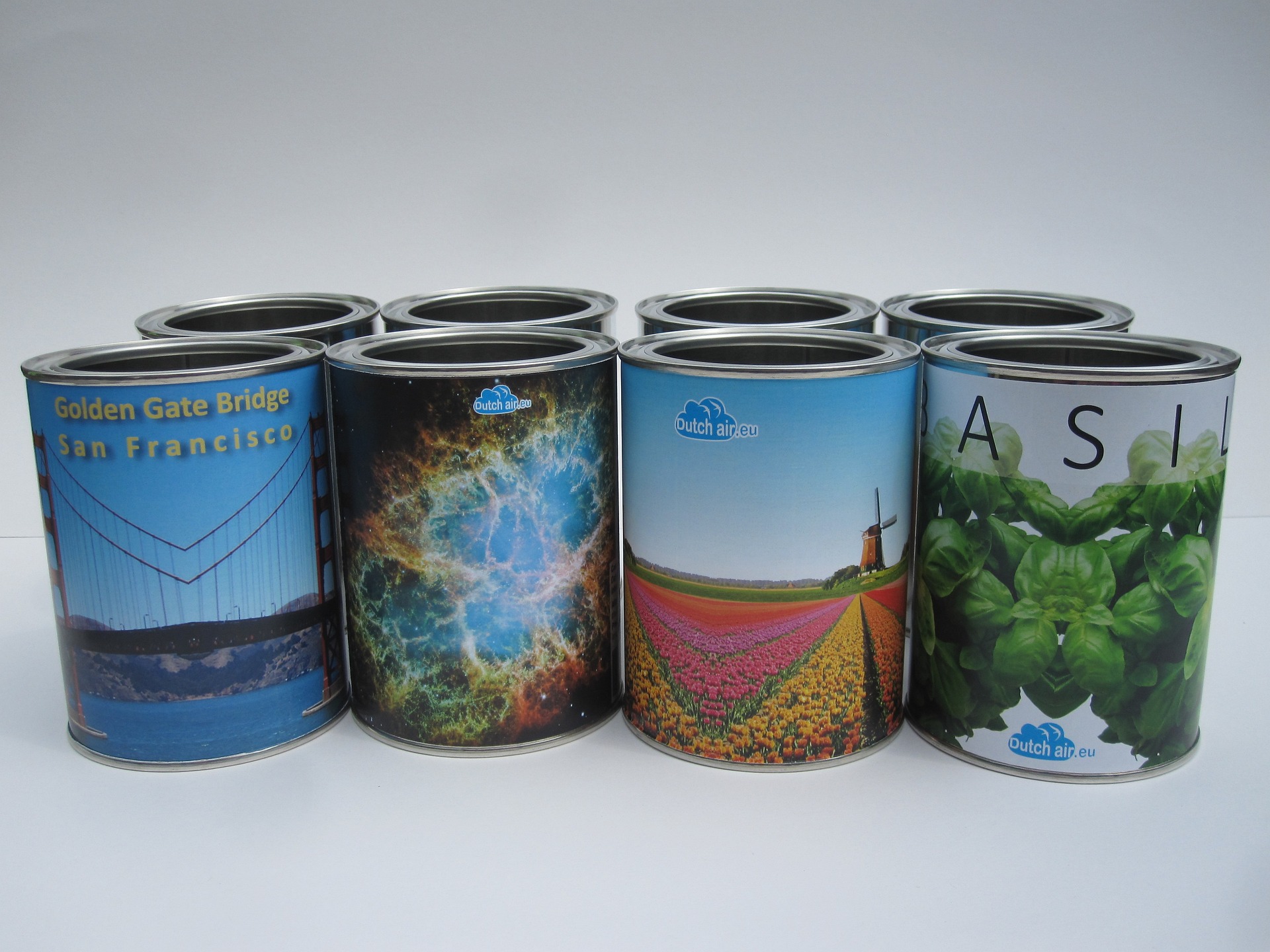
Canned air as a vacation souvenir
The latest in the trend has been revealed by a marketing agency, which claims it contains 21 percent oxygen, 0.93 percent argon, 0.04 percent carbon dioxide and a small percentage of nitrogen and neon trapped at Italy’s beautiful Lake Como.
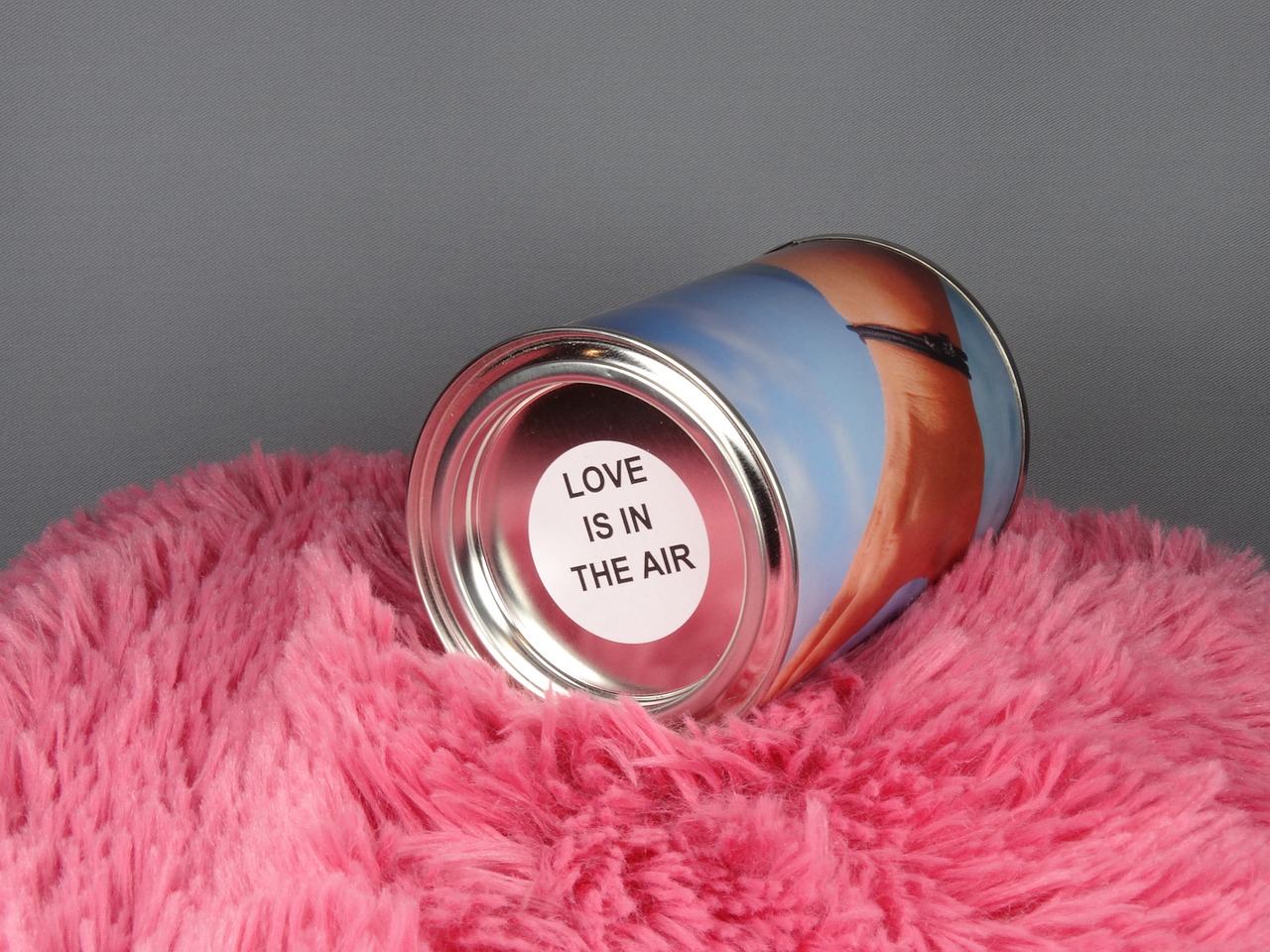
We thought of encapsulating the lake air in a jar that can then be taken anywhere in the world. The jar, once opened, becomes a pen holder or a vase and is completely recyclable.
Popular Italian holiday spot begins selling ‘fresh air’ cans to tourists https://t.co/vqvAm7C2mY pic.twitter.com/xUbAKVnhhd
— Independent Lifestyle (@IndyLife) November 6, 2024
Meanwhile, cans of local air can be seen in many places around the world including Switzerland and Italy. Surprisingly, canned air sells well to tourists, but are there any benefits from the product?
At a cost of around €10 ($10.70) per can, this might seem like a blatant marketing stunt. However, it turns out this is nothing new. The idea first came to light in Italy in the 20th century. After WWII Gennaro Ciaravolo invented what he termed “Aria di Napoli.”
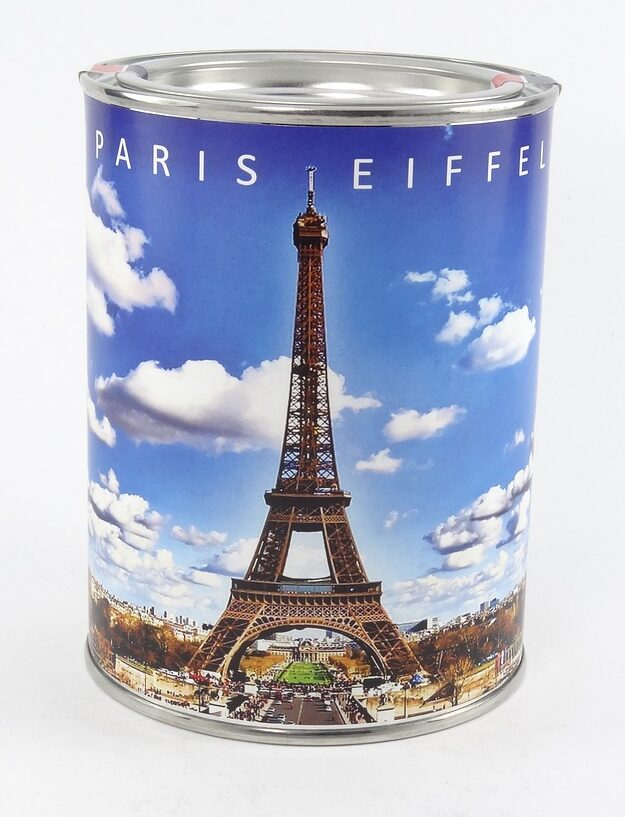
In Ciaravolo’s case, he was using the cans as a social statement relating to the renowned Neapolitan “cazzimma” – the art of being resourceful and making do with what you have.
Canned air continued as a family business
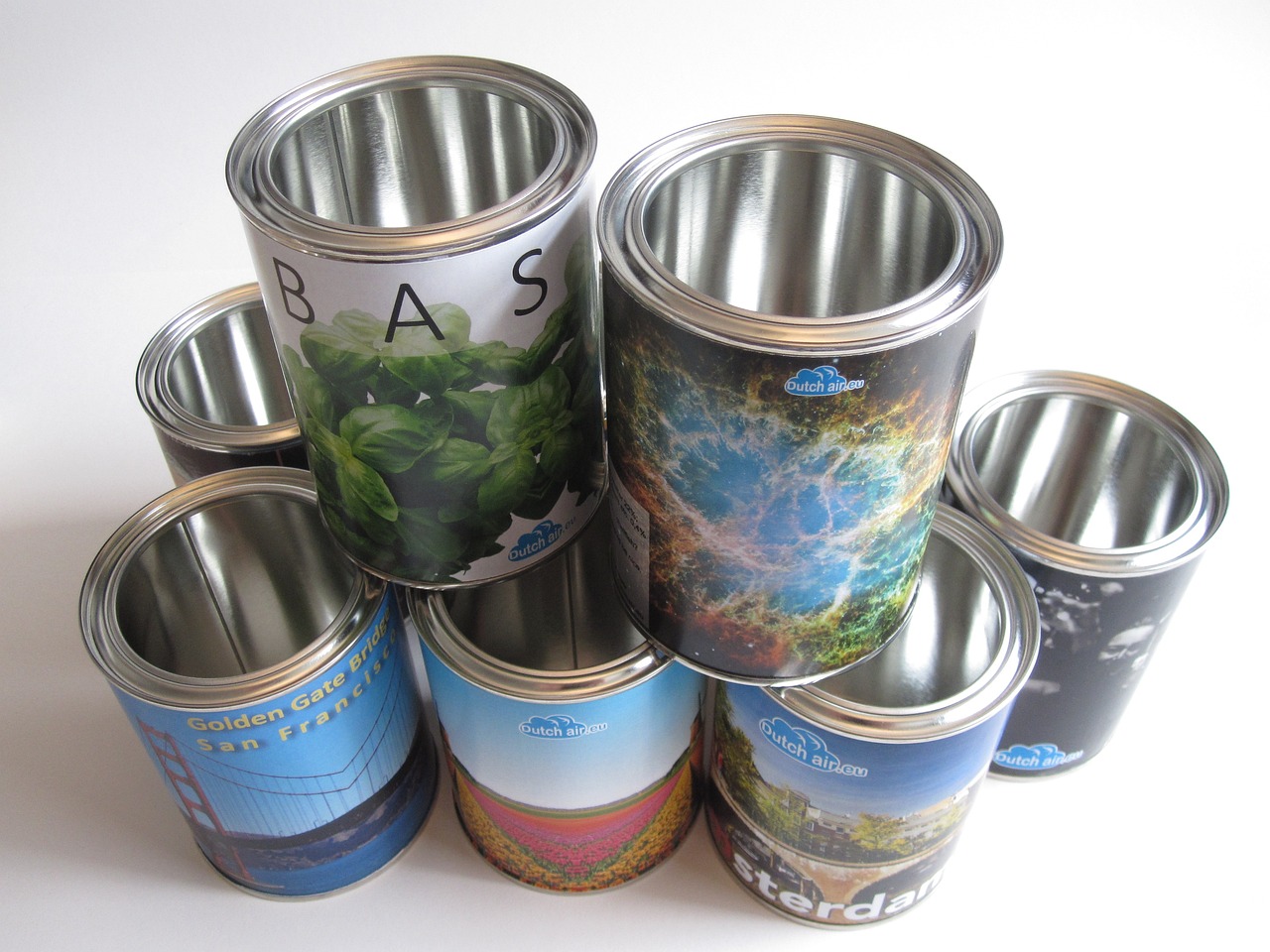
Canned air from the Isle of Man is claimed to relieve stress and cure homesickness. Moreover, a can of air from Altay in China is said to be “intoxicating.” As an added touch, tourists can write on the cans just like they were postcards to give to family or friends.
Life imitates Art. Selling air by the can.https://t.co/dKfYPY07nm pic.twitter.com/1kL4zEhAtR
— Jim Mogle (@FSUMogle) November 4, 2024
In Tokyo, cans of air are being sold that claim to contain 10 percent from several popular locations, including the Roppongi Hills and the Shibuya Crossing.
However, besides this, the trend does raise questions about the ethics of producing packaging for a non-existent product, which merely adds to the huge volume of cheap souvenirs sold to tourists.
The good side of canned air
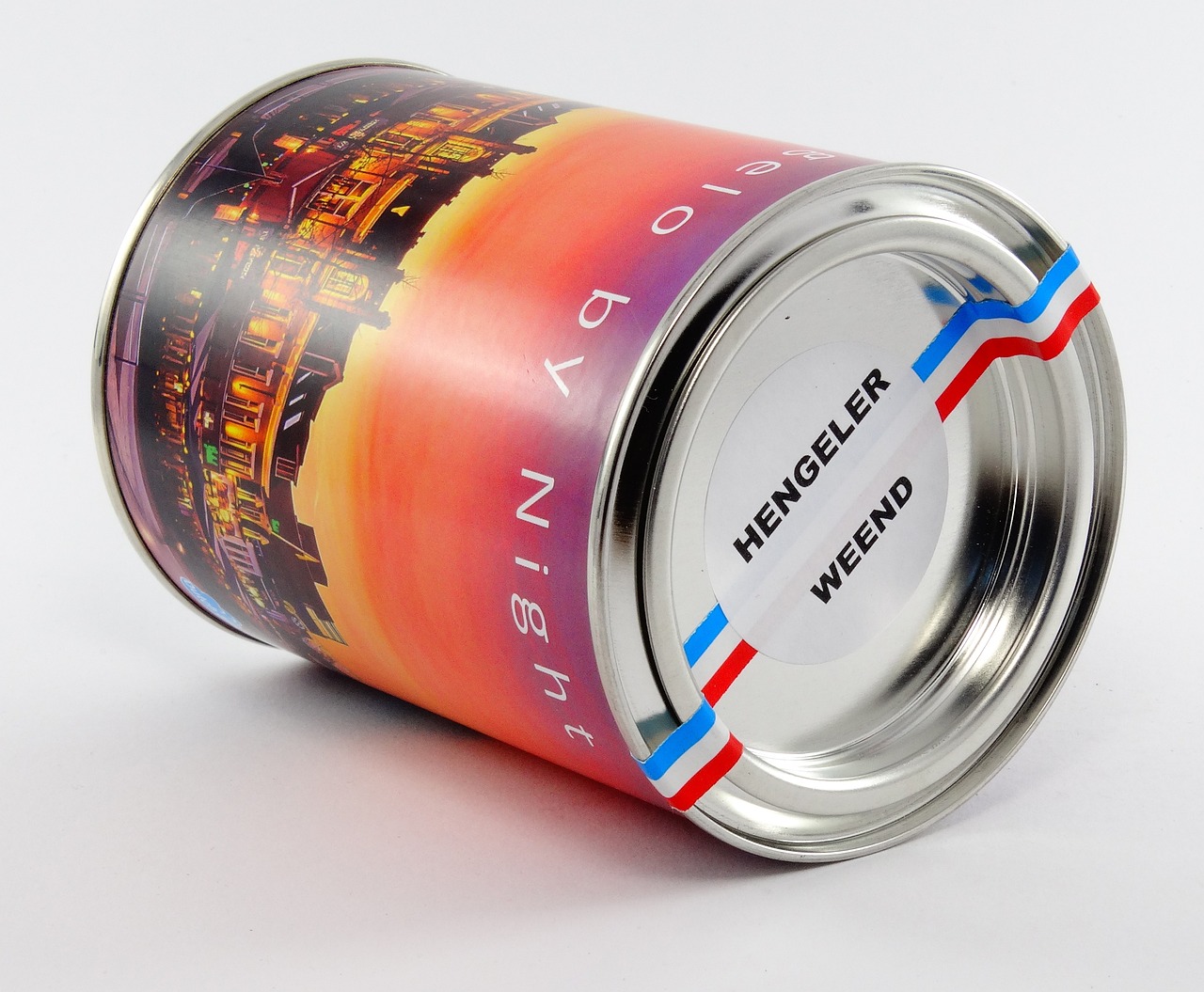
Meanwhile, a company named Vitality claimed to collect air from the Canadian Rockies and sold containers with a special spray cap and mask. They claimed that the containers held around 160 breaths. However, scientists say canned air provides little to no health benefits.
Readers, would you consider buying a can of air as a souvenir of your vacation? Let us know by dropping a comment below.




Leave a reply